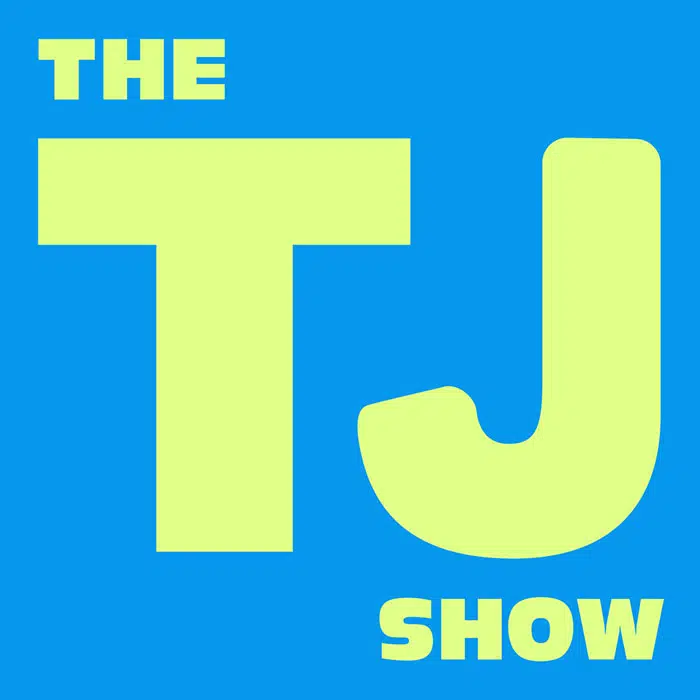By Ann Saphir
(Reuters) -The U.S. central bank will probably need to leave interest rates where they are for a while longer to ensure inflation stays low in the face of upward pressure from the Trump administration’s tariffs, Dallas Federal Reserve Bank President Lorie Logan said on Tuesday.
“My base case is that we’ll need to keep interest rates modestly restrictive for some time to complete the work of returning inflation sustainably to the 2% target,” Logan said in remarks prepared for delivery to the World Affairs Council of San Antonio.
“It’s also possible that some combination of softer inflation and a weakening labor market will call for lower rates fairly soon,” she said, noting that tariffs may not push up inflation as much or as persistently as expected, and that slight signs of cooling in recent labor market data along with pessimism among businesses and households could portend a worsening outlook for economic activity.
The Fed has kept its policy rate in the 4.25%-4.50% range since last December. Most policymakers have signaled they want to wait at least a couple more months before resuming rate cuts because they are worried that higher prices from tariffs could undo what has been several months of relatively benign inflation data.
The rise in consumer prices in June suggests that inflation by the Fed’s targeted measure — the 12-month increase in the price index for personal consumption expenditures, which in May was 2.3% — will “probably move up a bit,” Logan said.
“I’d like to see low inflation continue longer to be convinced,” she said.
At the same time, the labor market is solid, the stock market is at near all-time highs, and fiscal policy appears set to be a “tailwind” for growth, she said. Earlier this month Congress passed President Donald Trump’s domestic policy bill that makes his 2017 tax cuts permanent, among other measures.
“All this adds up, for me, to a base case in which monetary policy needs to hold tight for a while longer to bring inflation sustainably back to target — and in this base case, we can sustain maximum employment even with modestly restrictive policy,” Logan said.
Cutting rates too soon, she said, would risk deeper economic scars and a longer road to price stability. Cutting rates too late risks allowing the labor market to weaken more, though the Fed would “have the option of cutting rates further to get employment back on track,” Logan said.
For now, Logan said, monetary policy is “well positioned,” a phrase that Fed Chair Jerome Powell has repeatedly used to describe the Fed’s readiness to act when the data signal it is time.
(Reporting by Ann Saphir; Editing by Leslie Adler)






Comments